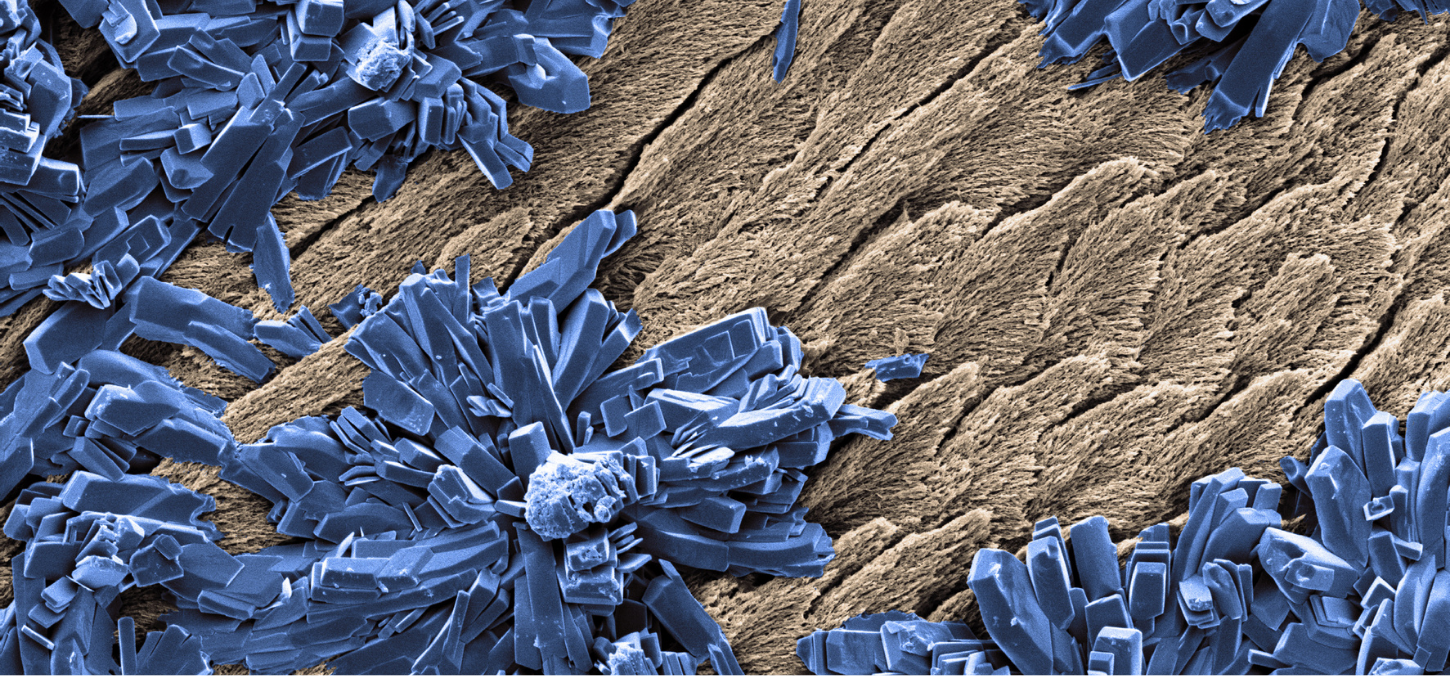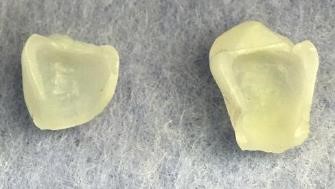
Dentistry researcher shows effects of teeth-whitening exposure on dental cells viability
By Rachel Boutet
A study led by U of T Dentistry associate professor Laurent Bozec has shown a breakthrough in understanding the effects of teeth-whitening exposure on dental cells viability. The Faculty’s distinguished professor Boris Hinz was also a contributor to the research.
The study, which was recently published in Nature Scientific Reports, aimed to assess the dental cell damage caused by the use of carbamide peroxide teeth-whitening treatments using an in-vitro dentin perfusion assay model.
“We have always been interested in the effect of peroxide-based tooth whitening on the tooth structure and its link to sensitivity,” says Bozec. “Here, we wanted to further understand the impact on the enamel itself and deep inside the pulp.”
Bozec had been looking at the effect of using hydrogen peroxide in root canal treatment prior to this study and found that it was causing damage to collagen locally. This led him to investigate how peroxide penetrates through the enamel and dentine before reaching the dental pulp and checking what damage it may cause along the way.
Bozec notes that this study is a great example of the Faculty’s international collaborations and the involvement with DDS students in research. Sabrina Nguyen 2T2 candidate and Ola Redha, an international PhD student from University College London currently studying at U of T, were key contributors to the research.
“I worked with Professor Bozec previously at UCL for the last seven years and was fortunate to have him invite me to work on and complete this project here at the Faculty of Dentistry,” says Redha. “It’s been fascinating to undertake research at the highest level at both U.K. and Canadian Universities”.
In the study, Bozec demonstrated that a recommended application of carbamide peroxide gel on teeth reduces the enamel protein content by up to 50 per cent. This loss result in a greater penetration of the whitening agent inside the tooth and can lead to an increase in dental pulp cell mortality. In fact, the team tested this, using an in-house dentine perfusion chamber. They found that at greater concentration (e.g. 35 per cent), the dental pulp cells did not survive the exposure.

“Many home tooth-whitening products have such a high concentration of peroxide gel (e.g. 35 per cent) and yet, little is known about what it does to the inside of our teeth,” says Bozec. “We believe this is the first study of its kind to show the toxic effects of using a tooth-whitening agent. Our hope is that people will opt for a lower concentration of peroxide if they decide to use a tooth-whitening product as they are so less harmful to your teeth.”
While using a lower concentration of peroxide (e.g. five per cent) would be less harmful to dental cells, consumers often opt for increased peroxide concentrations to see an immediate teeth-whitening effect. The study shows the need for a compromise between the concentrations of peroxide used, exposure time, desired patients’ outcomes, and side-effects experienced. This should be tested in-vivo prior to market release and patients should be made aware of the impact these procedures on their oral health.
“There is the potential to use either non-peroxide based or a controlled peroxide release agent that will not cause the same damage,” says Bozec. “I believe that is the future of tooth whitening.”
Read more about U of T Dentistry's research projects.
Image: Photo of enamel (Courtesy of the Bozec Lab)